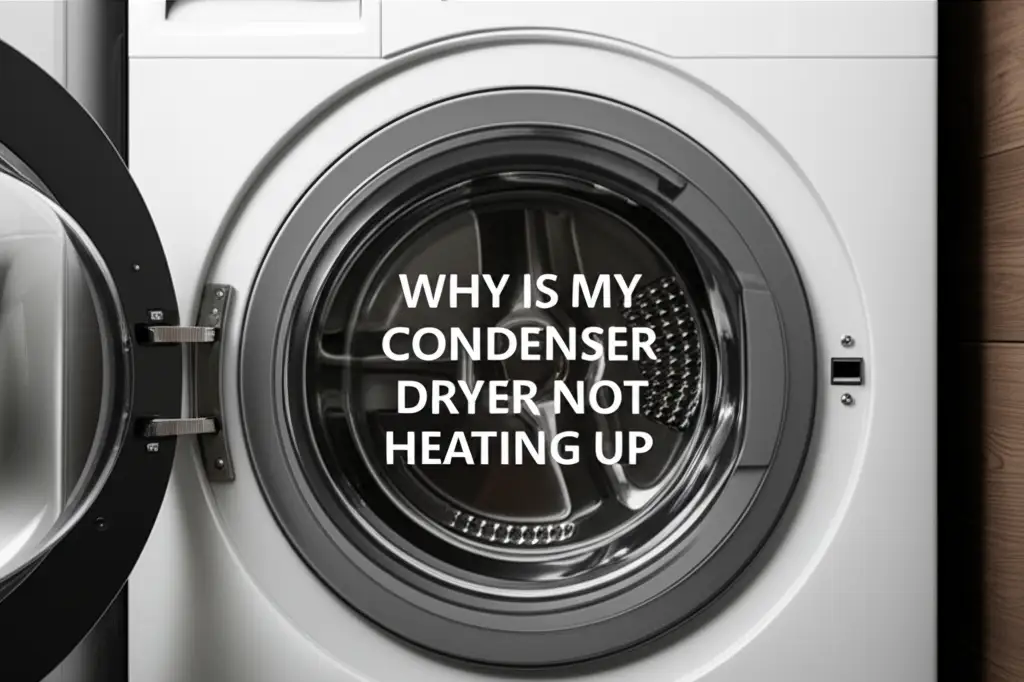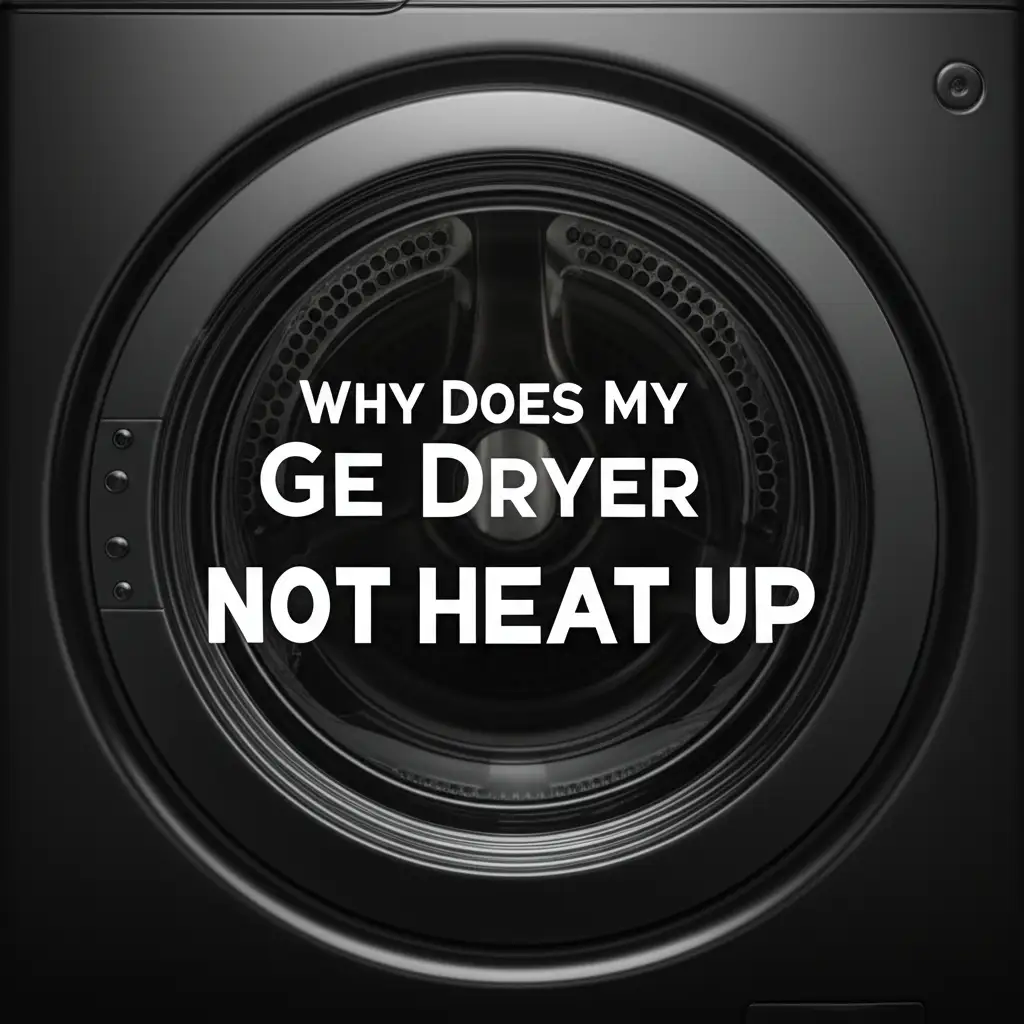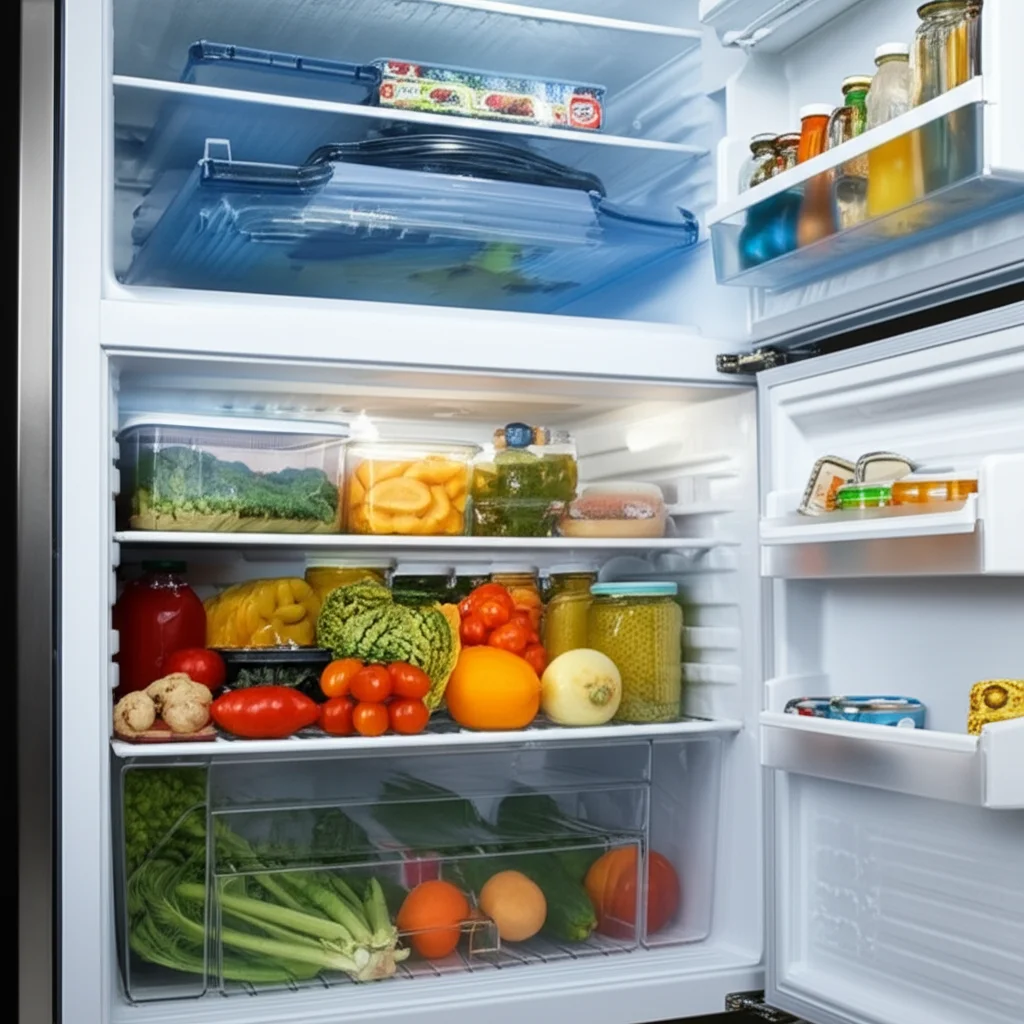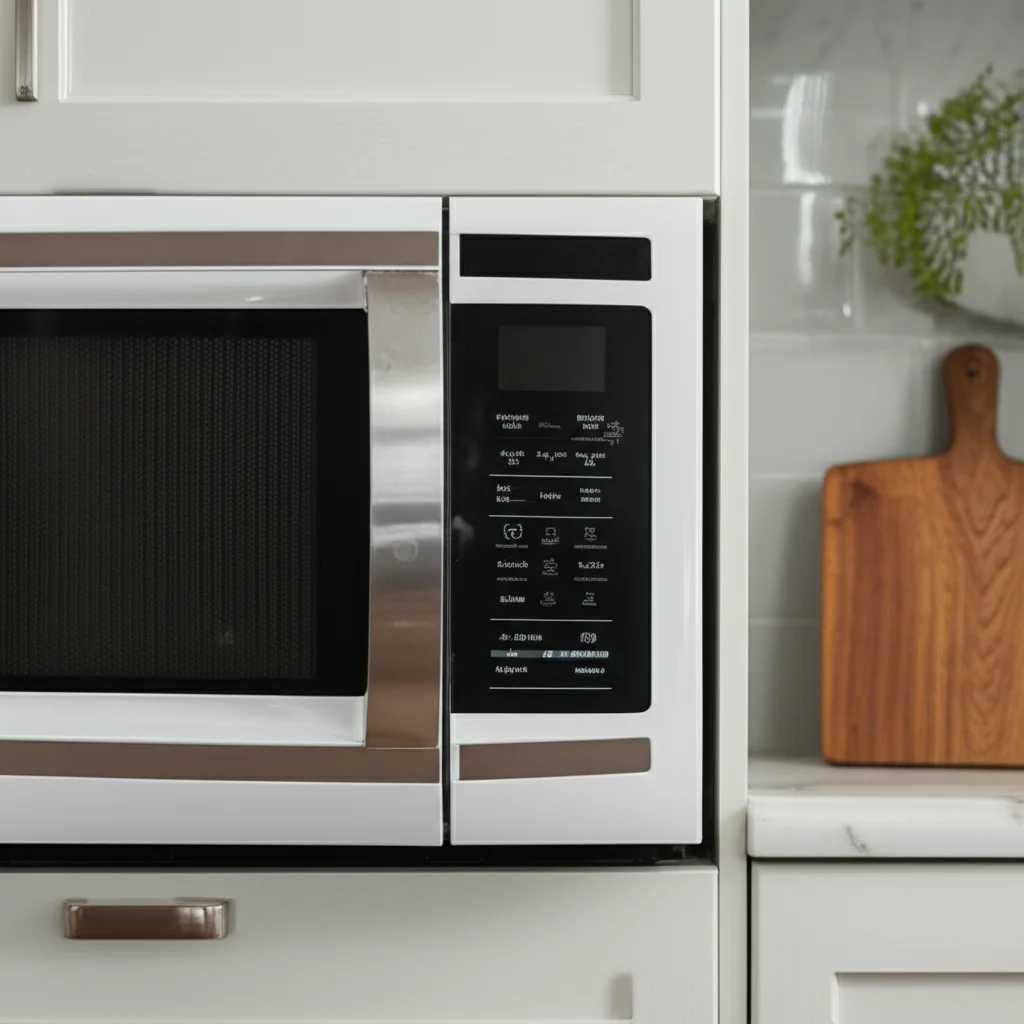· Katria Melrose · Home Maintenance · 17 min read
Why Is My Condenser Dryer Not Heating Up

Condenser Dryer Not Heating Up? Here’s Why!
There are few things as frustrating as pulling laundry from your dryer only to find it damp and cold. When your condenser dryer stops heating, it creates a real problem. This issue can disrupt your entire laundry routine. I understand the inconvenience this causes for you.
A condenser dryer works by circulating warm air to dry clothes, then cooling the moist air to condense water into a tank. If the dryer runs but produces no heat, the drying cycle cannot complete. This means your clothes stay wet. This guide will help you understand the common reasons why your condenser dryer might not be heating up. We will cover simple checks you can do yourself and explain when to call a professional. Get ready to troubleshoot your appliance and get it working again.
Takeaway
If your condenser dryer is not heating up, start by checking these key areas:
- Power Supply: Ensure the dryer gets proper voltage.
- Lint Filter and Vents: Clean these thoroughly to improve airflow.
- Thermal Fuse and Thermostats: Test these safety components for continuity.
- Heating Element: Inspect for breaks or damage.
- Condenser Unit: Clean the condenser unit regularly.
Why does a condenser dryer stop heating?
A condenser dryer stops heating due to a problem in its heating system or related components. This often involves a faulty heating element, a tripped thermal fuse, or a defective thermostat. Blocked airflow from lint buildup or a power supply issue can also prevent proper heating.
Understanding Your Condenser Dryer’s Heating System
Your condenser dryer relies on a specific process to dry clothes efficiently. Unlike vented dryers that push moist air outside, condenser dryers recirculate air. This makes them suitable for homes without external venting. Understanding how these machines create and maintain heat helps diagnose problems.
First, an electric heating element warms the air inside the drum. This warm air then passes through your wet clothes, picking up moisture. A fan circulates this heated, moist air. The air then goes to the condenser unit. Here, the warm, moist air cools down, causing the water vapor to condense back into liquid water. This water collects in a removable tank or drains away. The now-dry air reheats and re-enters the drum to continue the drying cycle.
The entire process depends on several components working together. The heating element must generate enough heat. The fan must circulate air effectively. Safety devices like thermostats and thermal fuses must monitor temperatures. They prevent overheating. Any fault in these parts will stop the dryer from getting hot. Knowing this system helps you pinpoint where the issue lies. It also helps you understand why routine maintenance is so important.
The Role of Airflow in Heat Generation
Good airflow is essential for any dryer to heat properly. For a condenser dryer, this means air must move freely through the heating element, the drum, and especially the condenser unit. When lint or debris builds up, it restricts this airflow. Restricted airflow causes the heating element to overheat and trip safety devices. It can even prevent the element from heating at all.
Lint accumulation is the most common cause of airflow problems. The lint filter catches most of it, but some lint can escape. This escaped lint builds up in the vent system or around the heating element. It also collects in the condenser unit. A blocked system means air cannot carry heat away from the element or collect moisture effectively. This makes your dryer less efficient. It can also cause the dryer to run longer, using more energy, or stop heating altogether. Proper airflow also prevents overheating, which protects other dryer components from damage.
Regular cleaning of all airflow paths is not just for efficiency; it is a safety measure. Blocked airflow can be a fire hazard. Cleaning the lint filter after every load is crucial. Beyond that, deep cleaning the exhaust vents and the condenser unit is also important. I make sure to clean mine regularly.
Common Culprits: Electrical and Power Problems
When your condenser dryer stops heating, electrical and power issues are often the first things to check. A dryer requires a significant amount of electricity to operate, especially to power the heating element. If the dryer is not getting enough power, or if there is a break in the electrical circuit, it cannot produce heat. Sometimes, the problem is simple and easily fixable. Other times, it might point to a deeper electrical issue.
Start by checking your home’s circuit breaker box. Dryers typically run on a dedicated 240-volt circuit. This means they use two circuit breakers linked together. If one of these breakers trips, it can cut power to the heating element while still allowing the drum to spin. This is a common reason why your dryer runs but does not heat. Locate the breaker for your dryer. If it is in the “off” position or in the middle, reset it by flipping it fully to “off” and then back to “on.” If the breaker trips again immediately, this indicates a short circuit. Do not continue trying to reset it. You need a professional to inspect the wiring or the dryer itself.
Next, examine the power cord and wall outlet. Ensure the cord is fully plugged into the outlet. Check for any visible damage to the cord, like frayed wires or burn marks. A damaged cord can prevent power from reaching the dryer. Also, ensure the outlet itself is working correctly. You can test the outlet with a multimeter or by plugging in another appliance, if safe to do so. If the outlet has no power, the problem is with your home’s electrical wiring, not the dryer itself. Always be cautious when dealing with electricity. Do not touch exposed wires.
The Heart of the Heat: Faulty Heating Element
The heating element is the core component that generates heat in your condenser dryer. It is essentially a large coil of wire that gets hot when electricity passes through it. If this element breaks or burns out, your dryer will spin but produce no warmth. This is one of the most common reasons a dryer stops heating.
Over time, heating elements can wear out due to constant heating and cooling cycles. They might develop cracks or completely break. When the element fails, the electrical circuit that supplies heat is interrupted. This means no current flows through, and no heat is produced. You might notice your clothes feel cold or only slightly warm, even after a full cycle. Sometimes, a partial failure can occur, where the element still works but heats inefficiently. This results in very long drying times.
Diagnosing a Broken Heating Element
You can often diagnose a faulty heating element with a simple continuity test using a multimeter. First, unplug your dryer from the power outlet. Safety is very important. Access the heating element. It is usually located at the back of the dryer, behind a panel. Disconnect the wires leading to the element. Set your multimeter to the ohms (resistance) setting. Place one probe on each terminal of the heating element.
A working heating element will show a low resistance reading, typically between 10 and 30 ohms. If your multimeter shows an “open loop” or “OL” reading, it means there is no continuity. This indicates the element is broken and needs replacement. If the reading is extremely high, it might also mean a faulty element. If you see visible breaks or burn marks on the coil itself, that also confirms it is faulty. Replacing a heating element is a common dryer repair. Many guides can help you with this if you feel comfortable with DIY tasks. For more brand-specific issues, you might find similar troubleshooting steps. For instance, why is my LG dryer running but not heating or why is my Maytag dryer running but not heating could offer additional insights.
Safety First: Thermal Fuse and Thermostat Issues
Condenser dryers, like all heating appliances, have safety features to prevent overheating. The thermal fuse and thermostats are critical for this. These components monitor the dryer’s temperature and cut off power to the heating element if temperatures get too high. This prevents fire hazards and damage to the machine. However, if one of these parts fails, your dryer will stop heating.
The Thermal Fuse: A One-Time Protector
The thermal fuse is a safety device designed to blow if the dryer overheats. It is a one-time use component. Once it blows, it must be replaced. A tripped thermal fuse is often a symptom of an underlying problem, such as restricted airflow. Lint buildup in the dryer vents or the condenser unit is a common cause. This restriction makes the dryer work harder and get hotter. When the temperature reaches a critical level, the thermal fuse breaks the circuit. This instantly cuts power to the heating element.
To check the thermal fuse, you will need to unplug the dryer and locate the fuse. It is typically a small, cylindrical component found near the heating element or the blower housing. Use a multimeter set to continuity mode. Place one probe on each terminal of the fuse. If you get no reading (open circuit), the fuse has blown. You will need to replace it. Remember, simply replacing the fuse without addressing the cause of the overheating means the new fuse will likely blow again. Make sure to check and clean your dryer’s vents and lint filter thoroughly. Learn more about general dryer cleaning with how to clean your dryer.
Cycling Thermostat and High-Limit Thermostat
Your dryer also has one or more thermostats. The cycling thermostat controls the temperature inside the dryer drum. It turns the heating element on and off to maintain the selected drying temperature. If this thermostat fails, it might not signal the heating element to turn on, or it might get stuck in an “off” position.
The high-limit thermostat is another safety device. It acts as a backup for the cycling thermostat. If the cycling thermostat fails and allows the temperature to rise too high, the high-limit thermostat will trip. This cuts power to the heating element, similar to the thermal fuse. Unlike the thermal fuse, some high-limit thermostats are resettable. However, if it trips repeatedly, there is still an underlying problem causing the overheating.
You can test both types of thermostats for continuity using a multimeter. Disconnect the dryer from power. Remove the wires from the thermostat terminals. Place one multimeter probe on each terminal. Most thermostats should show continuity at room temperature. If a thermostat shows no continuity, it is likely faulty and needs replacement. Remember to check for common causes of overheating, such as airflow issues, before replacing these parts. Sometimes, a burning smell might also indicate overheating due to blockages, so consider checking why does my condenser dryer smell like burning for related information.
Airflow Obstructions: Lint Filters and Venting
Proper airflow is absolutely vital for your condenser dryer to generate and maintain heat. Air needs to circulate freely through the dryer to pick up moisture from clothes and then move that moist air to the condenser unit. Blockages in the airflow system are a leading cause of dryers not heating efficiently or at all. These obstructions make the dryer run hotter, trigger safety cut-offs, or simply prevent warm air from reaching the clothes.
The most common culprit is a clogged lint filter. Your dryer’s lint filter traps lint from your clothes during the drying cycle. Over time, if not cleaned, this filter becomes a thick mat of lint. This mat severely restricts airflow. When airflow is restricted, the heating element may overheat and trip the thermal fuse or high-limit thermostat. It can also cause the dryer to take much longer to dry clothes. Some people clean it every few loads, but I clean mine after every single load. This simple action significantly improves dryer performance and prevents heating issues.
Beyond the lint filter, the exhaust venting system can also become clogged. While condenser dryers do not vent outside like traditional dryers, they still have internal air pathways that can accumulate lint. The lint can build up in the internal ducts or in the fan (blower wheel) housing. This buildup can significantly reduce airflow. Reduced airflow means heat cannot transfer effectively to the clothes. It also means the moist air cannot reach the condenser unit efficiently. This leads to poor drying performance and potential overheating. Cleaning these internal ducts can be more involved. You might need to partially disassemble the dryer.
A blocked internal vent system can cause the dryer to overheat and shut down the heating element. It puts strain on the dryer motor as well. Regularly inspecting and cleaning the lint filter and dryer’s internal air pathways ensures optimal heat transfer and prevents safety components from tripping. A thorough cleaning of the entire dryer system is an important part of maintenance.
Condenser Unit Issues: Blockages and Maintenance
The condenser unit is unique to condenser dryers and plays a direct role in their heating and moisture removal process. This unit is where warm, moist air from the drum is cooled, turning water vapor back into liquid water. If the condenser unit becomes blocked or dirty, it can severely impact your dryer’s ability to dry clothes. This can also lead to the dryer not heating up properly or efficiently.
The condenser unit is typically located at the bottom of the dryer, behind a removable panel or door. It consists of a series of metal fins or a heat exchanger matrix. Lint and debris can accumulate on these fins over time. This buildup acts as an insulator, preventing the heat exchanger from effectively cooling the moist air. When the air cannot cool properly, the water condensation process is hampered. This means more humid air returns to the drum. The dryer senses this inefficiency and may respond by increasing heat or extending cycles, which can eventually lead to overheating or safety cut-offs.
Cleaning the condenser unit is a key maintenance task for condenser dryers. I recommend doing this every few months, depending on your dryer usage. To clean it, first make sure your dryer is unplugged. Open the access door for the condenser unit. Carefully remove the unit. Use a soft brush, a vacuum cleaner with a brush attachment, or even run water through the unit (if the manufacturer allows) to remove all lint and debris from the fins. Ensure the unit is completely dry before reinstalling it. A clean condenser unit improves heat transfer, water removal, and overall drying efficiency. It also prevents your dryer from overworking or tripping safety sensors due to heat buildup.
Sometimes, issues with the condenser unit can be related to water management, even if the primary issue is heat. For example, if the dryer senses a problem with water collection due to a dirty condenser, it might affect its heating cycle. While not directly about heating, problems like why is my condenser dryer saying water tank full or why is my Hotpoint condenser dryer leaking water can sometimes stem from condenser unit inefficiencies that might indirectly impact drying performance and heating consistency.
Other Potential Problems and Professional Help
While electrical issues, faulty heating elements, safety devices, and airflow problems cover most “no heat” scenarios, other less common issues can also prevent your condenser dryer from heating. These problems might require more advanced troubleshooting or the expertise of a professional appliance technician. It is important to know when to seek help.
One less common cause could be a faulty motor. While the motor primarily spins the drum, it also powers the blower fan. If the motor is weak or failing, it might not spin the blower wheel fast enough. This reduces airflow. As we have discussed, poor airflow leads to insufficient heating or causes the dryer to overheat and shut off. You might notice the drum spinning slower than usual or hear unusual noises coming from the motor. Testing a motor requires specialized knowledge and tools.
Another complex issue can be a defective control board. The control board is the dryer’s “brain.” It sends signals to all components, including the heating element, fan, and sensors. If the control board malfunctions, it might not send the correct signal to activate the heating element. This means the dryer cycles, but no heat is produced. Diagnosing a control board issue is difficult without specific electronic testing equipment. It is usually best left to a professional. Sometimes, the problem might even be a minor glitch in the control panel itself, preventing you from selecting a heat setting properly.
Finally, an internal wiring issue could be the problem. Wires connecting the heating element, thermostats, or other components can fray, corrode, or break over time. A loose or broken wire can interrupt the electrical flow needed for heating. Tracing and repairing internal wiring requires electrical knowledge. Always disconnect power before checking any wiring inside the dryer.
If you have checked all the common causes and your condenser dryer is still not heating up, it is time to call a qualified appliance repair technician. Attempting repairs beyond your skill level can be dangerous and could cause further damage to your appliance. Professionals have the right tools, knowledge, and experience to diagnose complex issues safely. They can identify the exact problem and replace faulty components correctly. They also know specific brand quirks, which can be helpful.
FAQ Section
How do I reset the thermal fuse on my condenser dryer?
You cannot reset a thermal fuse. A thermal fuse is a single-use safety device. Once it blows due to overheating, it permanently breaks the circuit. It must be replaced with a new one. Remember to also find and fix the cause of the overheating, such as lint buildup, to prevent the new fuse from blowing.
Can a clogged lint trap prevent a condenser dryer from heating?
Yes, absolutely. A clogged lint trap significantly restricts airflow within the dryer. Reduced airflow causes the heating element to overheat. This triggers safety devices like the thermal fuse or high-limit thermostat to cut power to the heating element. Always clean your lint filter after every load.
How often should I clean the condenser unit of my dryer?
You should clean the condenser unit every 3 to 6 months, depending on how often you use your dryer and how much lint your laundry produces. Regular cleaning prevents lint buildup on the fins. This ensures efficient heat exchange and optimal drying performance. Always unplug the dryer before cleaning.
What is the lifespan of a dryer heating element?
The lifespan of a dryer heating element varies, but they typically last between 8 to 12 years. Factors like usage frequency, proper maintenance, and air circulation affect this. Constant overheating due to clogged vents can significantly shorten its life. Replacing it is a common repair.
Is it safe to use my condenser dryer if it’s not heating?
No, it is not safe or effective to use your condenser dryer if it is not heating. Running a dryer with a heating issue wastes energy and will not dry your clothes. Continuing to use it could also worsen the problem or pose a fire hazard if the issue is related to overheating or electrical faults.
Can a power surge cause my condenser dryer to stop heating?
Yes, a power surge can damage your dryer’s electrical components, including the heating element, thermal fuse, or control board. A surge can cause these parts to fail, leading to a loss of heat. Check your circuit breaker first, and if it continues, consider professional inspection.
Conclusion
A condenser dryer that is not heating up can be a major inconvenience. However, many common causes are simple to diagnose and fix yourself. We have explored the critical components, from electrical power and the heating element to safety thermostats and vital airflow paths. Understanding these parts helps you identify the problem. Remember to always prioritize safety by unplugging your dryer before any inspection or repair.
Start your troubleshooting by checking the circuit breaker and power cord. Then, move on to the lint filter and the condenser unit. Regular cleaning of these parts is crucial for efficient operation and to prevent future heating problems. If these initial checks do not resolve the issue, consider testing the thermal fuse, thermostats, and the heating element itself. Many resources and guides can help you with these steps. If you feel uncomfortable with any step or if the problem remains, contact a qualified appliance repair professional. Getting your condenser dryer heating up again will restore your laundry routine to normal.





